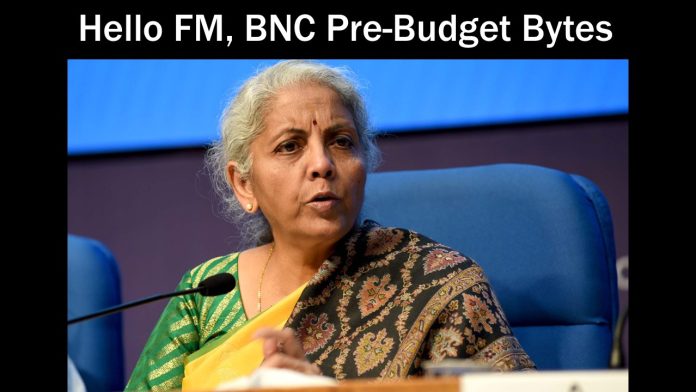Fostering industry-academia collaborations can help bridge the skills gap and ensure a workforce proficient in cutting-edge technologies.
By PANKAJ PANJWANI
CEO and Founder, KeenSemi
As we approach the Union Budget 2025, the semiconductor and technology sectors stand at a critical juncture. To propel India towards becoming a global semiconductor hub, it is essential for the budget to introduce comprehensive measures that strengthen the entire value chain—from design and R&D to manufacturing and talent development.
India’s National Supercomputing Mission (NSM) requires additional impetus, including increased funding for the homegrown development of high-performance computing semiconductor chip architecture, design, and ecosystem.
In 2015, ₹4,500 crore was allocated to NSM for seven years. This year’s budget is expected to allocate over ₹5,000 crore for the next five years to drive HPC and GPU development in India.
Schemes such as the Design-Linked Incentive (DLI) must be made more attractive by integrating larger imperatives for startups and companies developing designs tailored to indigenous needs and customers.
Enhanced incentives for domestic chip production, along with robust support for advanced research in AI, IoT, microcontrollers, and high-performance computing, will be crucial for achieving this vision.
Investments in digital infrastructure, particularly in the expansion of 5G networks and the establishment of robust data centres, are vital to meet the growing demand for connected devices and services. Additionally, fostering industry-academia collaborations can help bridge the skills gap and ensure a workforce proficient in cutting-edge technologies.
We remain optimistic that the forthcoming budget will establish a strong foundation for sustainable growth, innovation, and self-reliance in India’s semiconductor and technology landscape.
Note: KeenSemi, also known as Keenheads, was founded in 2016 with a mission to revolutionize System-on-Chip (SoC) design. Since its inception, the company has established itself as a trusted partner in the semiconductor industry, providing high-performance, tailored designs to clients worldwide.




